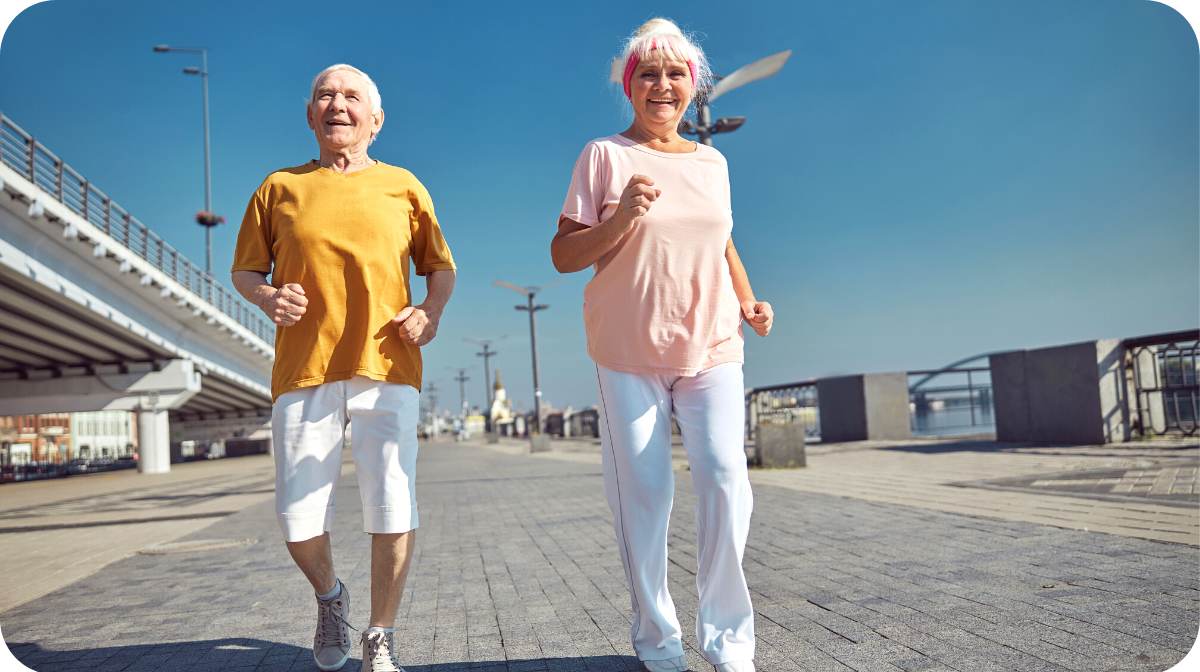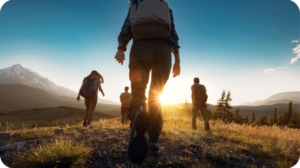Although most of us fear serious diseases if we fear anything about aging, we might be wiser to take potential falls as a more serious issue. Each year, more than 34,000 adults over 65 will die as a result of a fall, making this accidental occurrence the leading cause of death for that demographic.

The devastation doesn’t stop at fatalities. A fall can break bones or lead to other chronic conditions such as constant pain and mental impairment. In fact, one out of every five falls among the elderly results in a broken bone or head injury. The CDC reports that falls account for more than $50 billion in healthcare costs each year.
The time to prevent a fall isn’t when your balance is already compromised by age, and your bones are predictably frail. Prevention starts sooner, and is an ongoing process. Finding motivation hard to come by? Keep in mind that that prevention is always be much more pleasant than treatment.
Easy Exercises to Keep Your Balance
Elderly falls are usually a case of balance or physical condition rather than stumbling on an obstacle. In fact, the incredibly common hip-breaking fall occurs when a person falls sideways rather than forward or backwards.
Elderly falls most commonly occur because of leg and lower body weakness, drug side effects, vitamin D deficiencies, improper footwear, and uncorrected vision. Fortunately, you can have an impact on almost all of those by undertaking a simple and easy regimen of basic exercises. Do these regularly to stay upright as you age.
- Balancing. Stand with feet hip-width apart. Shift the weight to one foot and lift the other foot off the ground. It’s okay if you can only lift the foot an inch or so; keep practicing and you should be able to lift it higher eventually. You can start out holding onto a counter or the back of a couch if you need to for stability, but try to transition to not holding onto a support at all.
Once you’ve mastered standing on one foot, increase the difficulty—and potential benefit—by raising the lifted leg so that the knee is bent as close to 90 degrees as possible. Also increase the time spent standing on one foot.
- The tightrope walk. Similar to the drunk-driving test police administer to drivers they suspect are impaired, this involves walking heel-to-toe slowly in a straight line. You can lay out a marker like a measuring tape, if that makes the exercise easier. Hold your arms at your side and walk slowly and steadily for at least 15 steps, increasing the number of steps over time as you become more comfortable with the exercise.
- Controlled sitting. It may sound funny, but this is a great exercise to prevent the common elderly habit of misjudging the position of a chair or sofa edge. Stand with your feet hip-width apart, backed up to a chair with a solid seat and back (not a couch or bed). Slowly lower yourself into the chair, taking 15 to 20 seconds to lower all way into a seated position. Extra credit for stopping your motion at a couple of points along the way.
With your feet flat on the floor, push through your heels and stand up with just leg strength (not bracing your hands on the arms of the chair). Repeat the entire process at least 10 times if possible.
- Stair tappers. This is a final motor skill exercise that helps prevent stumbling when going up stairs or steps. Stand with feet hip-width apart and using good posture, in front of the bottom step of a stair case or other level area. Slowly, and in a controlled fashion, raise one foot and tap your toes on the step in front of you. Lower the foot and repeat with the opposite foot. Repeat 10 to 15 times with each foot. Use a railing or other support as necessary for safety. This is best as an indoor exercise.
As with any new exercise regimen, consult your primary caregiver before undertaking a new program of balance exercises. Whenever you’re trying new balance exercises, err on the side of caution. These are not the place to push the edge of your abilities. Hold on to a support if you experience any unsteadiness, and stop immediately if you experience dizziness or breathing issues.
Share some love if you like this post!





